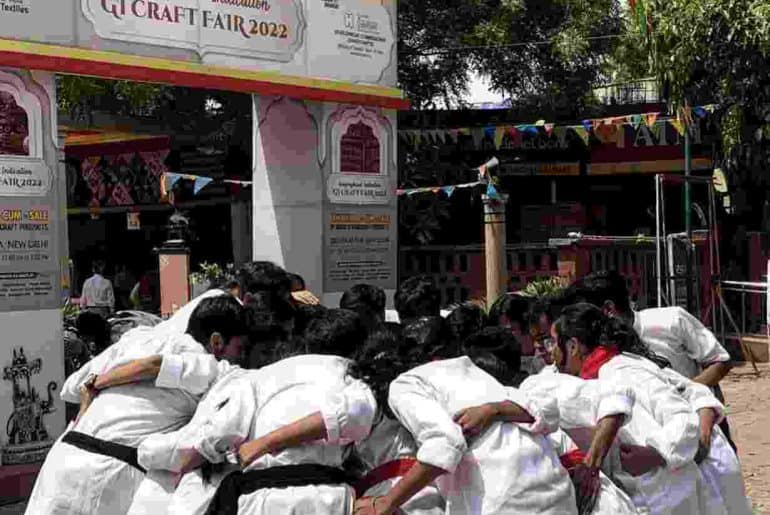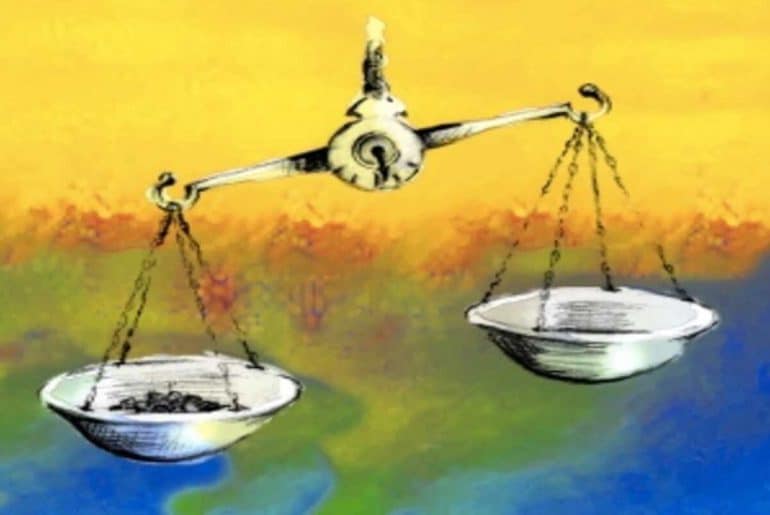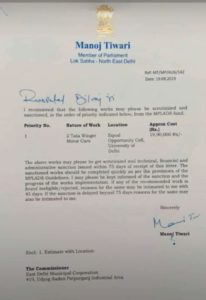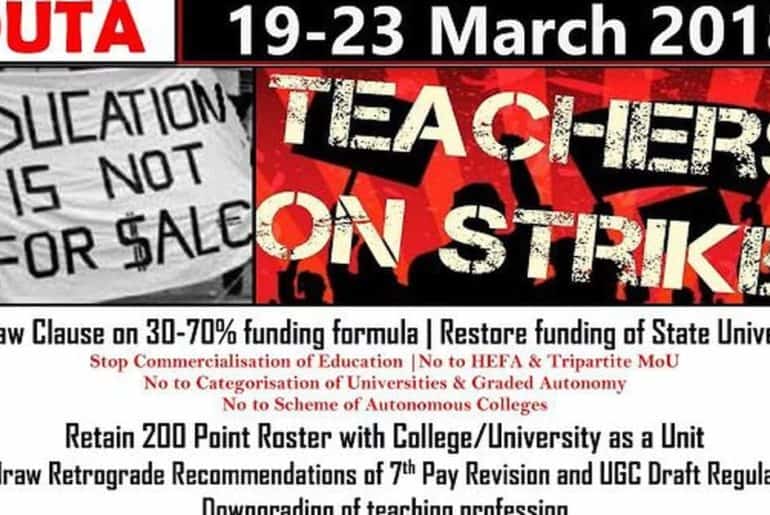Student societies are a quintessential part of Delhi University. DU is a melting pot of cultures, but can the same be said about its societies? This is an attempt at examining student-run societies through the DEI (Diversity, Equity, and Inclusivity) Lens.
Delhi University continues to be known as a hub of academic excellence and scholastic development. Equally popular and beloved is the vibrant extracurriculars and co-curricular scene at the University. The idea of ‘Learning beyond the classroom’ is on the rise, and college student-run societies are the perfect playing ground for students looking to explore diverse passions. Be it the sharp-witted eloquence of Debating Societies, the dynamic hubbub of Dramatics Societies, or the intellectually-stimulating discussions of academic societies, most colleges offer students a wide range of options to choose from.
Delhi University is a popular destination for students from not just all parts of the country but abroad as well. DU is always scoring points for diversity within its student and staff bodies – whether this is tokenistic or empowering remains to be seen. While academic spaces have thrown their doors open for all individuals irrespective of their backgrounds, the same cannot be said about activities outside the classroom. Student-run societies, clubs, and cells are often ridden with elitism, bigotry, and toxicity.
Bade Log Societies
With several societies (numbers going as high as 50+) jostling for space, funds, and popularity within the college, insurmountable hierarchies are established and meaningful change seems improbable. In an already elitist university, some societies project themselves as top-tier owing to their legacy, work, or alumni. The rivalry between newly minted clubs and age-old soc machinery with admin backing is a familiar scene. This essentially pits creative pursuits like dance, drama, or music against co-curricular ones like economics, political science, or consulting. The never-ending battle for supremacy is won semester after semester on metrics like the number of students joining a society or the grandeur of its annual fest.
Despite their goals to be safe spaces for one to explore their passions and interest, entry into these societies is quite similar to the race for meeting the sky-high cut-offs of the ‘dream colleges’ in DU. Starry-eyed freshers flock to orientations that promise them riches in the form of self-development, CV pointers, and a second family. Societies battle for prime-time slots and locations to conduct these orientations – while some can book the air-conditioned seminar hall or provide refreshments (as bribery perhaps), others are stuck discussing their activities in sun-beaten lawns.
Turns out the seminar room was booked two months in advance for orientation by 5-6 societies. We didn’t even know when the new batch would be coming in.
– Secretary of a student club.
Equity – A Level Playing Field?
These societies are characterised by rigorous application processes involving elements like group discussions, personal interviews, research tasks, and auditions. More often than not, those with a certain level of pre-existing expertise in the field have the upper hand. Students from privileged, high-income, English-speaking backgrounds have a clear edge over their peers from marginalised sections. Tier 1 societies in colleges are often crowded with students who had access to private schooling or have connections and money for societies to exploit.
Also, applications often open around the same time, bombarding freshers with countless options and hollow promises. Societies that were set up to provide solace from academic rigour and a space to unwind, end up becoming a key source of frustration. A student’s worth which was earlier measured in marks and percentages is now linked with the societies or extracurriculars they choose to pursue.
I think getting into SRCC was easier than making into its societies. I would rather get 99% in boards than sit through another GD.
– a frustrated first-year from SRCC.
Diversity
With ‘woke’ culture and progressive and liberal ideas on the rise, these societies are quick to join the bandwagon. Competitions and discussions on topics like women empowerment, queer solidarity, tackling casteism, and body positivity are popular. However, the irony lies when one takes a cursory glance at the organisers of such events – upper class, high-income and privileged. Authentic representation takes a tumble when societies erect entry barriers for minority students.
“Galore – the fashion society, has a narrow view when it comes to selecting candidates – thin, tall, and fair. I find this funny since every event of theirs focuses on body image and body positivity.” – a student of Maitreyi College calls out the double standard of DU Fashion Societies.
The recent transphobia incident at Mark-It, the marketing society Shaheed Sukhdev College of Business Student also raised outrage and questions about the lack of queer representation within the society which allowed such an event to transpire.
Even when entry is granted, non-confirming thinkers are ostracised and targeted. Group think and bias are widely prevalent with juniors acting as ‘Yes-Men’ for seniors.
“Debating allows you to express your opinions. However, I was actively discouraged and shunned from putting forward views which went against those of the Society President. This was especially sad seeing that it was a Debsoc.” – a student recounting her time at Trenchant, the English Debating Society, Maitreyi College.
Often students from South-Indian and North-East states have to deal with microaggressions or blatant discrimination from seniors and peers within these societies.
Inclusivity – The Way Ahead
After repeated call-outs and introspection, societies are acknowledging their shortcomings and working towards creating diverse and inclusive spaces. Open societies are such a step where everyone, irrespective of experience is granted entry and collaborative learning is pursued. Proactive changes to the induction and cabinet election processes have done small but meaningful wonders.
We recently had our executive council elections and the council also holds reserved seats for caste and gender minorities. In our soc, we have people from several different backgrounds, even people from non-English medium backgrounds who have unique ideas, and with debating are also honing their English skills
– A First-year member of The Debating Society, DCAC talks about inclusivity within the collegiate debating circuit.
Experiences vary across societies and colleges. Ultimately it is the student body, POR holders, and TICs who can create and incorporate mechanisms to tackle elitism. Age-old restrictive practices need to be done away with and massive structural upheaval is necessary. DU societies should actively reflect the rich diversity of its student body. There is much ground to cover ahead but the power to create sincere change lies with every student interacting with these societies in any capacity.
Featured Image Credits: Dramsoc SRCC Instagram
Read Also: Toxic Culture of DU Societies: Seniors with Junior Mindsets
Bhavya Nayak








